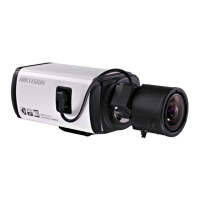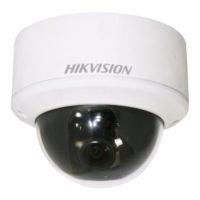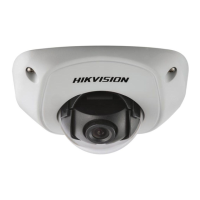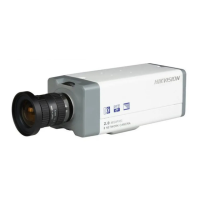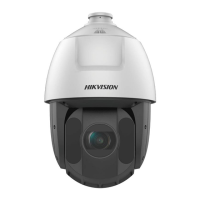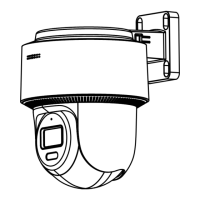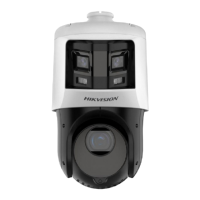Do you have a question about the HIKVISION E Series and is the answer not in the manual?
| Brand | HIKVISION |
|---|---|
| Model | E Series |
| Category | Security Camera |
| Language | English |
Acknowledges the trademarks and logos of Hikvision and other companies.
Outlines the terms and limitations of Hikvision's liability and product usage.
Details FCC compliance requirements and conditions for the digital device.
Confirms compliance with European directives (Low Voltage, EMC, RoHS).
States compliance with Canadian ICES-003 standards.
Highlights critical safety precautions to prevent serious injury or death.
Lists precautions to prevent potential injury or equipment damage.
Specifies the necessary system requirements for accessing the camera via web browser.
Lists and describes the various functions of the mini PTZ camera.
Guides on connecting and configuring the camera within a Local Area Network.
Explains how to connect the camera to a Wide Area Network using static or dynamic IP.
Instructions for accessing and using the camera interface through a web browser.
Details on accessing and managing the camera using the provided client software.
Guides on setting local configuration parameters for live view and operations via the web browser.
Explains the live video page interface for viewing, capturing, and PTZ control.
Step-by-step instructions to initiate the live view of the mini PTZ camera.
Covers the functions and usage of the PTZ control panel for camera movements.
Configuration options for managing storage devices like SD cards and network disks.
Sets up how the camera responds to events like motion detection, tampering, or alarms.
Configures advanced event detection features like audio exception and intrusion detection.
Guides on setting up TCP/IP, DDNS, PPPoE, Port, NAT, and SNMP.
Details on setting video parameters like resolution, bitrate, and audio settings.
Covers adjustments for display, exposure, focus, white balance, and noise reduction.
Manages system information, time, RS-485, DST, maintenance, security, and user accounts.
Introduces the SADP tool for device search and network parameter modification.

